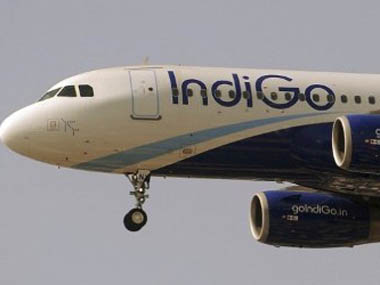Airlines including Lufthansa and British Airways are blocking the last row of seats on the A320neos in order to maintain the reworked centre of gravity (COG) envelope post a caution by the European Air Safety Agency (EASA). It had earlier said a problem similar to the one plaguing the Boeing 737 MAX could theoretically arise in the scenario where the angle of attack sensors may fail. These sensors indirectly measure the amount of lift generated by the wings. The angle of the attack refers to the angle between the wing and oncoming air. Its main purpose is to warn pilots when the plane could aerodynamically stall leading to loss of control. However, ominous it sounds it has never occurred in flight on this aircraft and the airlines have taken this measure purely to stay within the reworked COG limits and avoid any such drastic option as a grounding which Boeing was compelled to do following the fatal crashes of Ryanair and Ethiopian Airlines in 2018 and 2019. [caption id=“attachment_97020” align=“alignleft” width=“380”] Representational image, AFP[/caption] EASA has itself put the situation in perspective: This condition, although never encountered during operations, if not corrected, could lead to excessive pitch attitude, possibly resulting in increased flight crew workload. To address this potential unsafe condition, Airbus issued the AFM TR (aeroplane flight manual, temporary revision) limiting the centre of gravity envelope, which prevents any such crisis. Airlines that are blocking the six seats on row 32 are just playing extra safe in the best traditions of aviation, sacrificing relatively negligible revenue to ensure their fleet stay in the air. The airworthiness directive issued by EASA limited the aircraft’s centre of gravity envelope because carriers have added extra seats at the back calling for this readjustment. IndiGo is India’s biggest carrier by market share and has over 60 aircraft in service. Its low-cost rival GoAir has about half that with an order for 100 more planes. GoAir has about 30 A320neos in its fleet and over 100 more of the jets ordered with IndiGo holding the world record with 400 on order. As of now, no decision has been made but even they do block out the last row. It is not either a red signal for potential danger nor any reason to be afraid of flying on this aircraft. For the uninitiated, the centre of gravity is an average of where an aircraft’s weight is located. If more weight is placed at the front side of the aircraft, the centre of gravity will move forward. If the weight is at the backside of the aircraft, the centre of gravity moves with it. This has to be factored into the mix before take-off and handling because the aircraft might need to be handled differently as inputs change. The classic story of the KLM 747 Combi en route from Amsterdam to New York was diverted to St John’s in Canada when the captain fell ill. The plane landed safely and a relief crew was dispatched but the 268 passengers were not allowed to disembark for the five hours it would take for the fresh crew to land. Why? Because there were nine horses in the hold and if the passengers were allowed to leave the plane, the weight at the backside would create imbalance and upset the COG of the plane. And we are talking about a Jumbo jet here.
GoAir has about 30 A320neos in its fleet and over 100 more of the jets ordered with IndiGo holding the world record with 400 on order.
Advertisement
End of Article


)

)
)
)
)
)
)
)
)



